Water Treatment Plants – How they Work and Limitations
Water purification is the process of removing undesirable chemicals, biological contaminants, suspended solids and gases from contaminated water. It is then disinfected to be made safe for human consumption.
Water Purification

“Methods used for water purification include physical processes such as filtration, sedimentation, and distillation; biological processes such as slow sand filters or biologically active carbon; chemical processes such as flocculation and chlorination and the use of electromagnetic radiation such as ultraviolet light.”
https://en.wikipedia.org/wiki/Water_purification
Through a variety of processes the treatment plants are capable of removing a large amount of impurities from the water.
How Treatment Plants Work
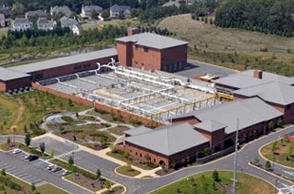
“Water leaving our homes generally goes either into a septic tank in the back yard where it seeps back into the ground or is sent to a sewage-treatment plant through a sewer system. Different treatment is used depending on the type of water coming into the plant and the water-quality requirements of water leaving the plant…”
http://water.usgs.gov/edu/qa-home-wastewater.html
The first stages of water treatment are often purely physical, such as allowing the solid particles settle out in a retention tank and filtering the water through sand. Additional filters are used to screen out large particles, and chlorine is added to kill bacteria and microorganisms. The primary limitation of water treatment plants lies in the filtration of smaller particles:
Amongst them? In recent years evidence is mounting regarding the presence of chemicals from pharmaceuticals and personal care products in our streams and rivers. For example, after birth control pills are done with their job of preventing pregnancy, and after our medications are done treating our bodies, they begin a second life as a pollutant. There traces leave our bodies when we use the bathroom, and get flushed down the toilet…
Personal Care Products
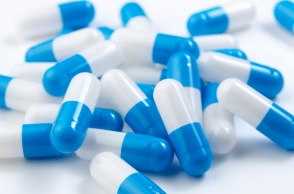
“In recent years there has been mounting concern about the presence of chemicals from pharmaceuticals and personal care products, such as cosmetics, in the nation’s streams and rivers. There is no question that these chemicals are present in the nation’s waterways. The USGS found, on average, seven chemical compounds in the streams they surveyed.”
https://www.americanrivers.org/threats-solutions/clean-water/pharmaceuticals-personal-care/
Many of our municipal water treatment plants were built after the clean water act of the 1970’s, which provided funding. But like our aging sewer pipes, they are part of an aging infrastructure in need of repair and upgrade to keep up with modern times. A major upgrade would be required to remove the smaller particles which get into our water supply through our personal care products and pharmaceuticals. When these particles don’t get filtered out by water treatment, they get recycled back to us in our drinking water. Although the doses of these particles is small, as residual amounts build up, it is possible they have an cumulative effect on our health, and the health of the river.
Intersex Fish
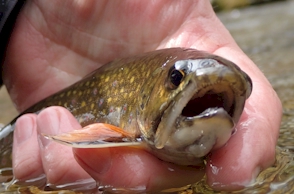
“The fish in the Potomac River may look normal at first glance, but many of the Potomac’s male bass are producing eggs, and similar “intersex” fish are being found in rivers across the country… Like the canary in the coal mine, the story of intersex fish may be an early warning of the effects that pharmaceuticals are having on the health of our waterways and on the people that depend on them.”
https://www.americanrivers.org/threats-solutions/clean-water/pharmaceuticals-personal-care/
Because the water that does down our drains is consistently recycled back to us for us in our drinking water, or to go on our lawns, a major upgrade in our treatment plants may be required to keep up with modern demands.
A Cumulative Residual Affect
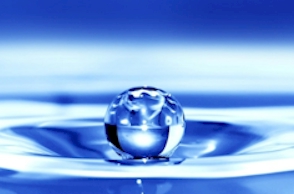
When water gets returned to us from the treatment plants, what is returned to us contains trace elements of toxins…
Trace elements of these toxins go back into our bodies, on our lawns, back down the drains to the sewers and back into the system, where the cycle starts all over…
What’s being done: North Carolina River Conservation Efforts
The Eno River Association
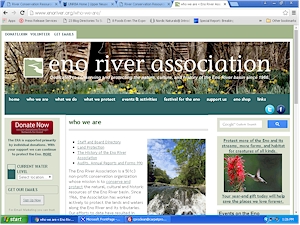
A 501c3 non-profit conservation organization whose mission is to conserve and protect the natural, cultural and historic resources of the Eno River basin.
The Upper Neuse River Basin Association
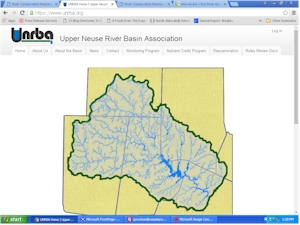
Formed in 1996 to provide an ongoing forum for cooperation on water quality protection and water resource planning and management within the 770-square-mile watershed.
The Eno River – Information and Conservation Resources Click here to Read..

